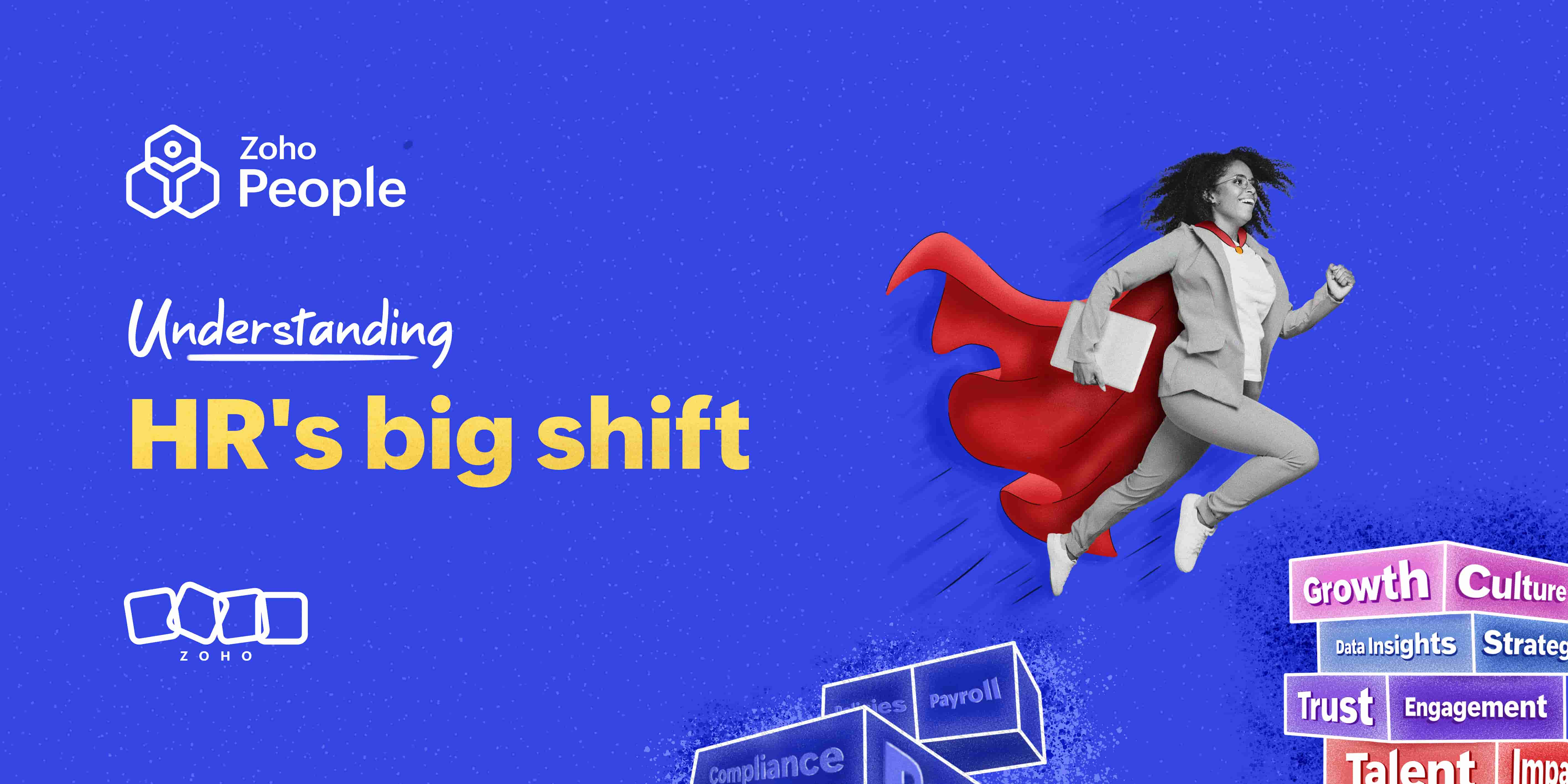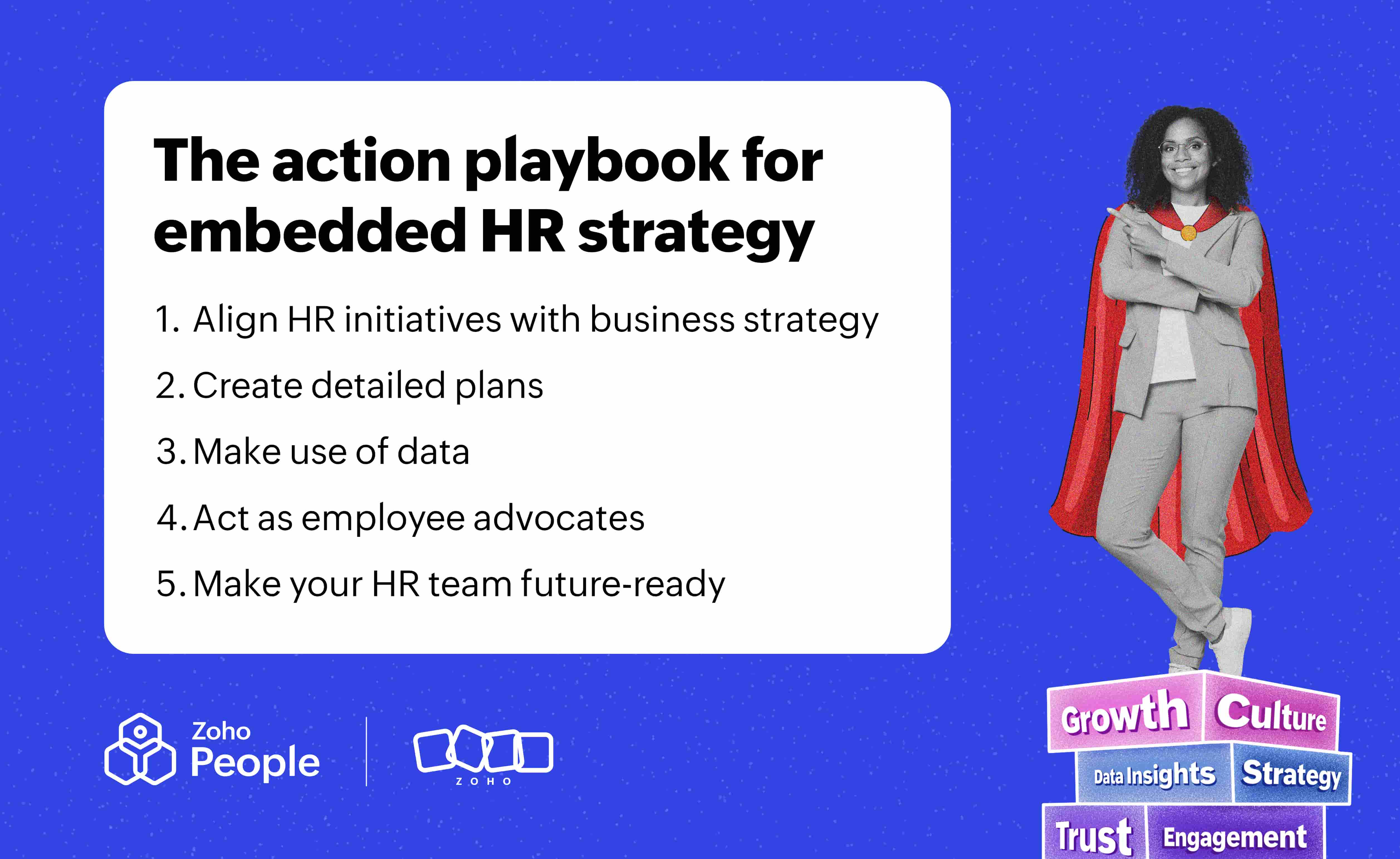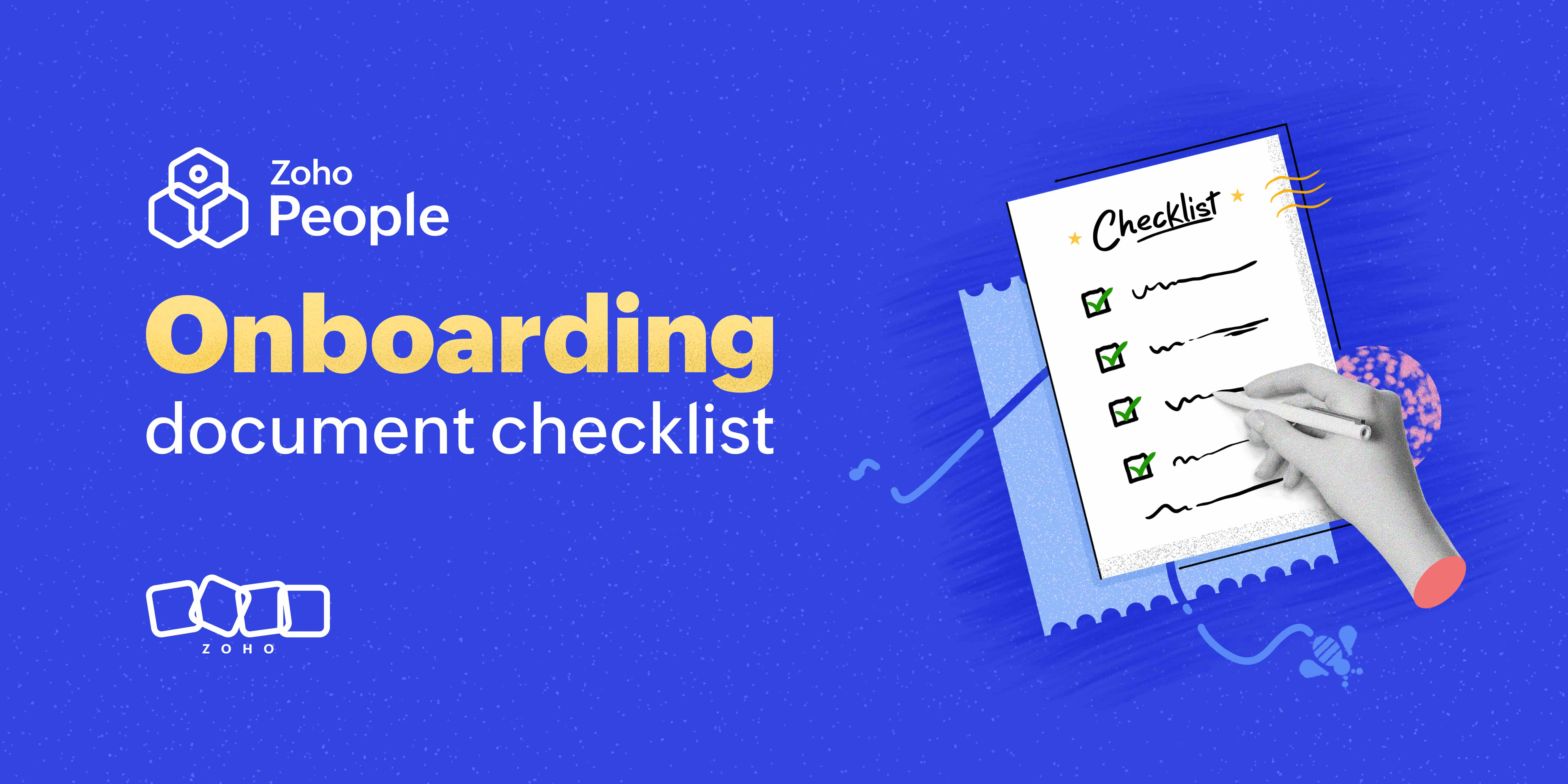- HOME
- HR insights
- From support to strategy: How HR is becoming a business partner
From support to strategy: How HR is becoming a business partner
- Last Updated : October 31, 2025
- 159 Views
- 4 Min Read

For decades, the role of HR was primarily viewed as administrative, as it focused on recruitment, payroll, compliance, and paperwork. HR professionals were rarely involved in strategic business decisions. However, when the pandemic reshaped the workplace, organizations began to understand that business success depends entirely on people success.
This shift has paved way for embedded HR, a new strategy that empowers HR teams to work closely with C-level leaders to drive business outcomes. By aligning HR with business strategy, HR professionals are now instrumental in building capability and shaping impact.
From support to strategy
In the traditional HR model, HR professionals often take a reactive approach, where they only address employee issues when they arise. Decisions are usually made at the top by the C-level leaders and passed down to HR teams for execution. For instance, HR teams initiate hiring only when a vacancy is reported.
On the other hand, embedded HR sees HR teams working as part of the business unit. They work closely with leaders to make decisions and understand how each one impacts their workforce. All HR strategies are aimed at achieving the organization's short-term and long-term goals. This means that instead of waiting for openings, HR teams forecast talent needs based on their goals and hire based on that.
Why the shift to embedded HR matters now
At a time when employee expectations are changing and organizations are becoming more employee-centric, traditional HR teams risk holding back organizational growth. Employee engagement, experience, and satisfaction can’t take priority if HR remains reactive rather than proactive. That's why embedded HR strategy matters now more than ever.
Employees expect more than just policies and compliance management from HR teams. They expect a culture that empowers them, helps them grow, and offers personalized experiences. By collaborating directly with leaders, HR teams can forecast employee needs and come up with strategies that achieve both business goals and people goals.
The action playbook for embedded HR strategy

Keep HR initiatives and business strategy aligned
Instead of working in silos, C-level leaders and HR teams should work together to co-create business and people goals. Make it a point to understand the organization's overall mission, vision, goals, market demands, competitors, and future plans. This will help you devise people strategies that address real-world challenges. For instance, work with leaders to identify skill gaps ahead of a critical project. This way, you'll be able to create targeted training and hiring plans that ensure employees are well-equipped.
Create detailed plans
For every high-level HR strategy, create detailed plans that break down the timelines, responsibilities, and expected outcomes. Do regular follow-ups to evaluate your strategy's impact and make the necessary changes. This will keep everyone accountable. For instance, if you plan on taking a strategic approach towards hiring, develop a quarterly hiring plan that elaborates on the available openings, number of hires, timeline, sourcing channels, and onboarding schedules.
Make use of data
Data can be a goldmine, especially when you're trying to turn HR into a strategic function. Use it to identify hiring trends, understand skill and performance gaps, create tailored development programs, provide targeted performance support, predict turnover, and more. As a result, you'll drive better outcomes. For instance, when beginning a large-scale project, make use of training and performance data to assign the right employees to roles.
Act as employee advocates
Before anything else, HR teams should act as advocates of their employees—not as mere policy enforcers or administrative support. This ensure that all of their needs are met. Conduct frequent surveys to understand their experiences and concerns, and bring their feedback to C-level leaders. Always be on the lookout for signs of employee stress, burnout, dissatisfaction, and disengagement. Be proactive in devising strategies that address these issues. Keep employees updated about all the developments and ensure that there's no discrimination or bias of any sorts.
Make your HR team future-ready
Help your HR team members become proficient in different skills, including AI literacy, data analytics, agility, and HR software proficiency. Make sure that they have a deep understanding how every business process works. Help them understand the organization's financial standing, market conditions, and customer needs. Be receptive to feedback and adapt your HR strategies according to changing conditions. Anticipate changes and implement strategies to overcome them seamlessly.
Wrapping up
The evolution of HR from just a support function to a strategic business partner clearly highlights the shifting priorities of modern workplaces. HR teams need to take on a strategic role to be a bridge between employees and management to make sure that both employee expectations and business needs are met effectively. This will help them build agile, future-ready, and people-centric workplaces.
 Tarika
TarikaContent Specialist at Zoho People


